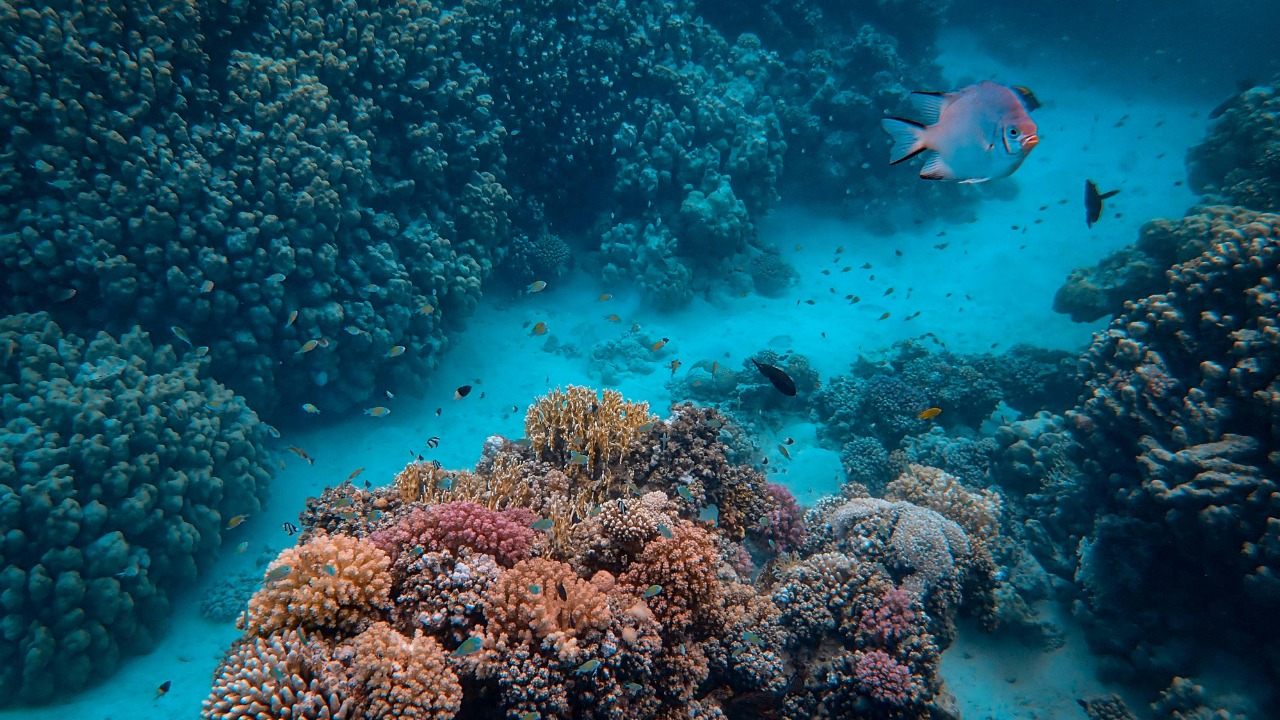
Recently, scientists uncovered a remarkable alien-like creature residing 3,840 feet beneath the icy waters of Antarctica. This extraordinary species, known as the Antarctic strawberry feather star, boasts an impressive 20 arms and has captivated the scientific community with its unique features and adaptations to extreme conditions.
The Discovery and Its Significance

The discovery of the Antarctic strawberry feather star was a result of a meticulous scientific expedition to the depths of the Antarctic ocean. In this venture, researchers relied heavily on advanced technology to probe the mysterious undersea world. Utilizing remotely operated vehicles (ROVs) equipped with high-definition cameras and sensors, scientists were able to document the creature’s existence and gather vital data about its habitat.
The initial reactions from the scientific community have been overwhelmingly positive. This discovery provides a rare glimpse into the vast biodiversity that thrives in extreme environments. The Antarctic strawberry feather star challenges our understanding of marine life evolution and underscores the importance of exploring uncharted territories. Such findings could open doors to new theories about biodiversity and the resilience of life forms in harsh conditions.
Unique Features of the Antarctic Strawberry Feather Star

The Antarctic strawberry feather star is an intriguing creature, standing out with its 20 arms that extend like a fan around its central body. Its appearance is both otherworldly and mesmerizing, reminiscent of an alien entity. When compared to other known feather star species, this one boasts a unique combination of physical characteristics that set it apart from its relatives.
Adapted to thrive in the cold, dark depths of the Antarctic Ocean, this creature has developed remarkable survival strategies. Its ability to withstand extreme temperatures, high pressures, and limited light is a testament to its evolutionary prowess. The creature’s adaptations offer valuable insights into the potential mechanisms that underlie survival and reproduction in one of the planet’s most challenging environments.
The Role of Deep-Sea Ecosystems

Deep-sea ecosystems are vital biodiversity hotspots, supporting a wide array of life forms that contribute to global ecological balance. These ecosystems provide critical services such as carbon sequestration, nutrient cycling, and habitat provision for numerous species. Understanding the dynamics of these environments is crucial for maintaining the delicate equilibrium of our planet’s oceans.
However, these ecosystems face significant threats from climate change and human activities. As global temperatures rise and ocean currents shift, deep-sea environments are becoming increasingly vulnerable. Current conservation efforts aim to mitigate these impacts through international collaboration and the establishment of marine protected areas. Future strategies will need to address the ongoing challenges posed by resource extraction, pollution, and climate-induced changes.
Implications for Future Research

The discovery of the Antarctic strawberry feather star highlights the potential for uncovering more unknown species lurking in the ocean’s depths. These findings can reshape our understanding of biodiversity and evolution, offering clues about how life evolves in isolated and extreme environments. As scientists continue to explore these hidden realms, they are likely to encounter more astonishing creatures that defy conventional wisdom.
Technological advancements are pivotal in driving marine exploration to new heights. Innovations such as autonomous underwater vehicles (AUVs) and enhanced imaging techniques are enabling researchers to delve deeper and gather more detailed data. The importance of international collaboration cannot be overstated, as pooling resources and expertise will accelerate progress in oceanographic research.
In conclusion, the discovery of the Antarctic strawberry feather star serves as a powerful reminder of the mysteries that lie beneath our oceans. As we continue to explore and understand these enigmatic environments, we open new avenues for scientific inquiry and deepen our appreciation for the incredible diversity of life on Earth.